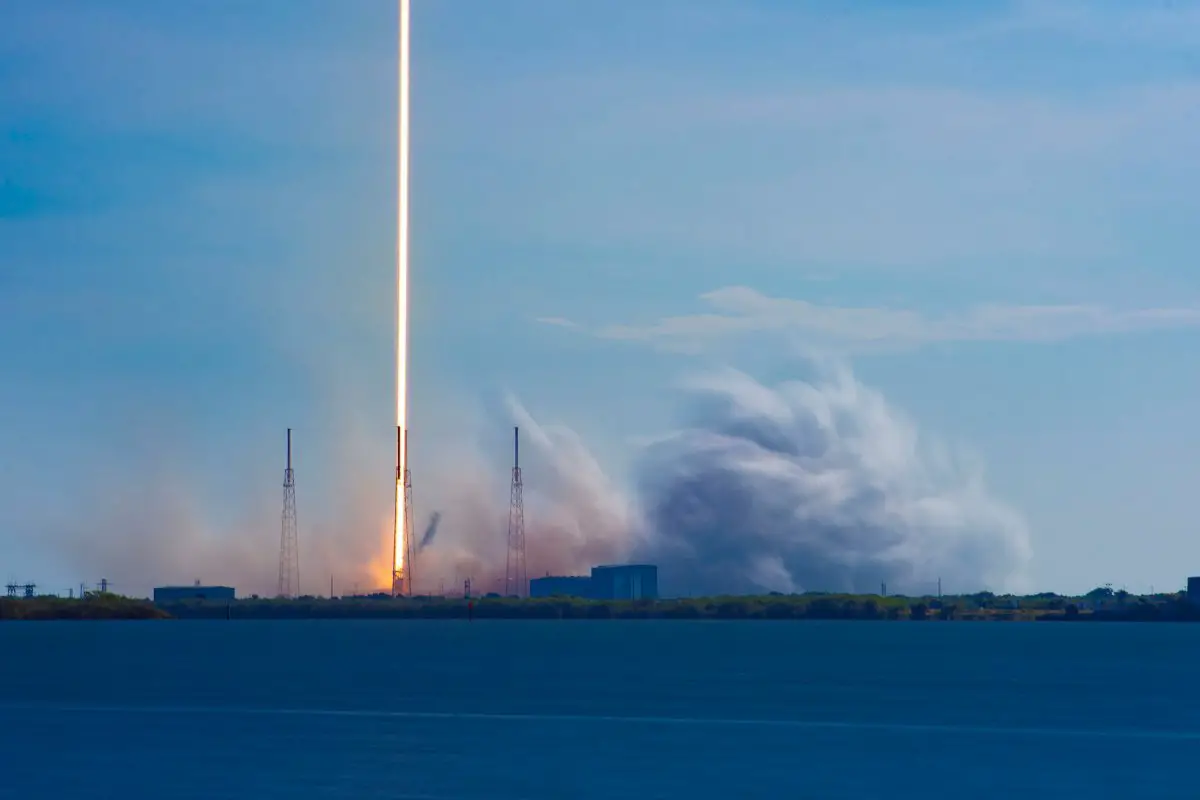On December 2, SpaceX announced Starshield, a brand-new business unit aimed at American state security agencies.
This division of SpaceX plans to leverage the Starlink internet network in low Earth orbit to provide goods and services that the US military and intelligence agencies are increasingly in need of, such as encrypted communications, remote sensing, and space surveillance payloads.
According to the company’s website, “Starlink is geared for personal and business usage, while Starshield is meant for government use, with an initial concentration on three areas: Earth monitoring, telecommunications, and hosted payloads.”
Although badly written and extensively promoted, the Starshield website reflects SpaceX’s goal of upending the launch, commercial internet, and civilian space industries, as well as the national security satellite industry.
The company said that its ongoing partnerships with the DoD and other partners “show our ability to deploy space and ground technologies on a large scale.”
These assertions imply that SpaceX opted to provide more specialized goods in order to get significant contracts as it increased its presence in the national security launch and satellite broadband industries. Starshield will provide “end-to-end systems,” or whole solutions, including launchers, satellites, and user terminals.
An industry expert told SpaceNews, “It appears they finally learned that being completely commercial and expecting national security space clients to utilize them doesn’t always work.” So they will provide alternative goods that concentrate on national security but use Starlink technology and manufacturing lines.
Starshield’s products and services include satellites with sensor payloads that can send processed data straight to the user, cyber-secure international communications using Starshield user equipment, and specially designed satellite buses “to handle clients’ most demanding payload operations.”
The communications services that Starshield provides are based on the company’s experience in the Ukraine, where Starlink established its viability in a combat environment and proved more durable than the US military would have anticipated from a commercial system.
Starlink services were bought by the Air Force to serve forces in Europe and Africa because of the system’s capacity to function in a hostile electronic environment.
Starshield also benefits from SpaceX’s participation in the US Space Force Space Development Agency’s missile monitoring and missile identification constellation.
As part of this project, the business collaborated with Leidos to create four classified infrared sensor satellites, which are slated for launch before the end of the year. Star shield is able to use the data collected by these satellites to improve its own capabilities.
According to the firm, SpaceX will store “secret payloads and securely process data to fulfill the most rigorous regulatory standards.”
To communicate with military satellites, Starshield satellites would be equipped with laser terminals. In order for the United States Department of Defense to transfer the data obtained by remote sensing systems using commercial satellite capacity in low Earth orbit, interoperability is a crucial criterion that must be met.
Defense sources cautioned that owing to its highly unique technology, the present Starlink network cannot be included in the hybrid architecture that DoD plans to develop.
Also, SpaceX promises “quick deployment and development” of capabilities, which is appealing to DoD space-buying agencies that have been unhappy for a long time with how long it takes to buy satellites and how much they cost.
It’s possible that some of the more sophisticated functions touted by Starshield won’t be accessible until SpaceX launches its 2nd-generation Starlink satellites.
These will be more substantial than the first-generation model, have the characteristics required to host payloads for maintaining national security and provide greater degrees of encryption than the for-profit Starlink service.
SpaceX has launched about 3,500 first-generation Starlink satellites so far, and they are now allowed to launch Gen2 spacecraft.
Source: Spacenews

